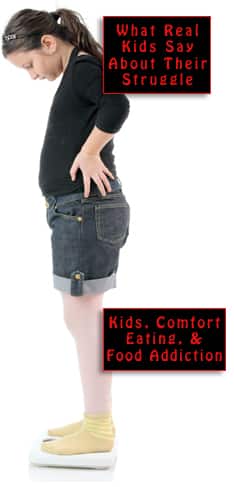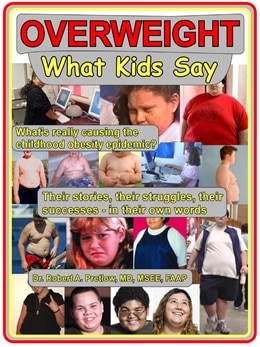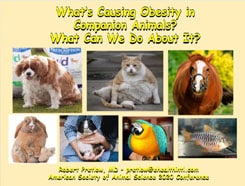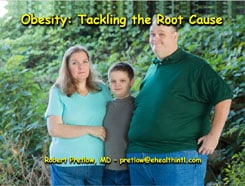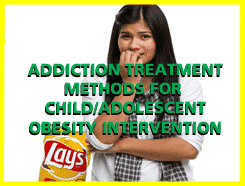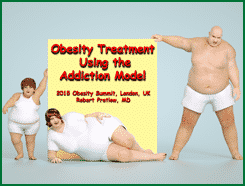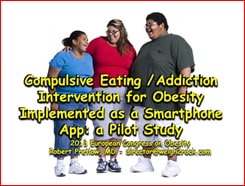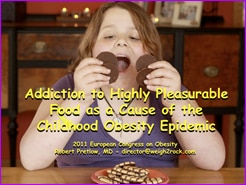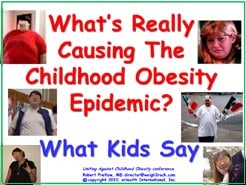Weight-Loss Drugs, Exercise, and General Functionality

The previous post, about obesity management drugs that imitate a natural bodily ingredient called glucagon-like peptide-1, talked about the likelihood that taking these drugs will cause the destruction of not just fat cells but muscle cells. It ended with the observation that we don’t go around cutting off people’s heads (an average of 11 pounds) just to achieve weight loss.
In all seriousness, it is essential to maintain a high level of exercise to not only lose fat but build muscle mass. For the patient, it is essential to get enough protein.
“Simply put, you need to eat a 1:1 ratio of grams of protein to your starting weight in pounds,” Dr. Peter Attia says. He feels that when the Food and Drug Administration approves pharmaceuticals it does not pay enough attention to the exact type of weight loss that is being achieved.
The purpose should be to lose fat tissue, not muscle tissue, and to accomplish that takes a certain amount of work. These drugs have not been around long enough to allow researchers to perceive the whole picture.
Also, as Director of Cognitive Nutrition at Thrive Global and founder of Sia Health Bredesen writes for TIME, aerobic exercise activates the immune system, improves blood flow; improves metabolic health by increasing insulin sensitivity; reduces cardiovascular risk by strengthening the heart; boosts the mood, improves sleep, and “enlarges the hippocampus, the brain area involved in learning and memory.”
And don’t forget strength training. Bredesen writes,
[I]n a recent meta-analysis reviewing data from 1.5 million study participants, strength training activities were associated with a nearly 20 percent reduction in risk of cardiovascular disease, cancer, diabetes, lung cancer, and all-cause mortality.
The sad truth
Drugs of this kind are certainly not a substitute for exercise. Researcher and essayist John Mac Ghlionn describes a new study that found that…
[…] not only does exercise build stronger muscles and bones, it also improves an individual’s gut health. The researchers found that exercising for at least 150 minutes per week increases the diversity of the human gut microbiome… The gut, otherwise known as our “second brain,” utilizes the same type of neurons and neurotransmitters that are found in the central nervous system. Ozempic, it’s important to note, appears to actually disrupt the microbiome.
Taking Ozempic, Wegovy, Mounjaro, and similar drugs does not mean a person may now finally get away with eating as much as they want, of anything, and it certainly does not mean they can quit exercising, or continue to avoid it. Ideally, before prescribing, those patients are weeded out, just like obese bariatric surgery candidates who are psychologically unprepared and have an unhelpful attitude toward the whole procedure.
Your responses and feedback are welcome!
Source: “Peter Attia Says Ozempic Could Make You ‘Fatter’,” HoneHealth.com, 05/02/23
Source: “What the Ozempic Obsession Misses About Food and Health,” TIME.com, 02/21/23
Source: “Ozempic, The Atlantic, and the Dangers of Anti-Exercise Rhetoric,” RealClearScience.com, 03/29/23
Image by naitokz/CC BY-SA 2.0










 FAQs and Media Requests:
FAQs and Media Requests: 